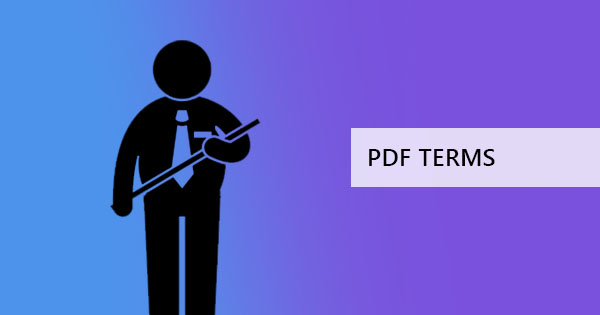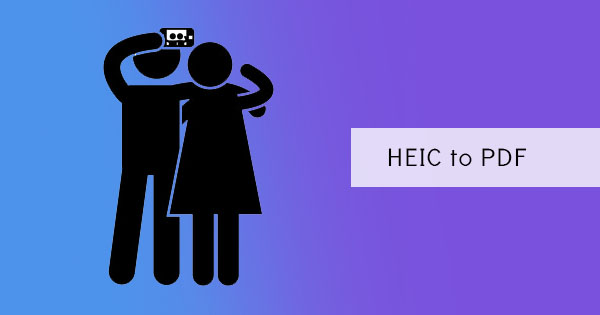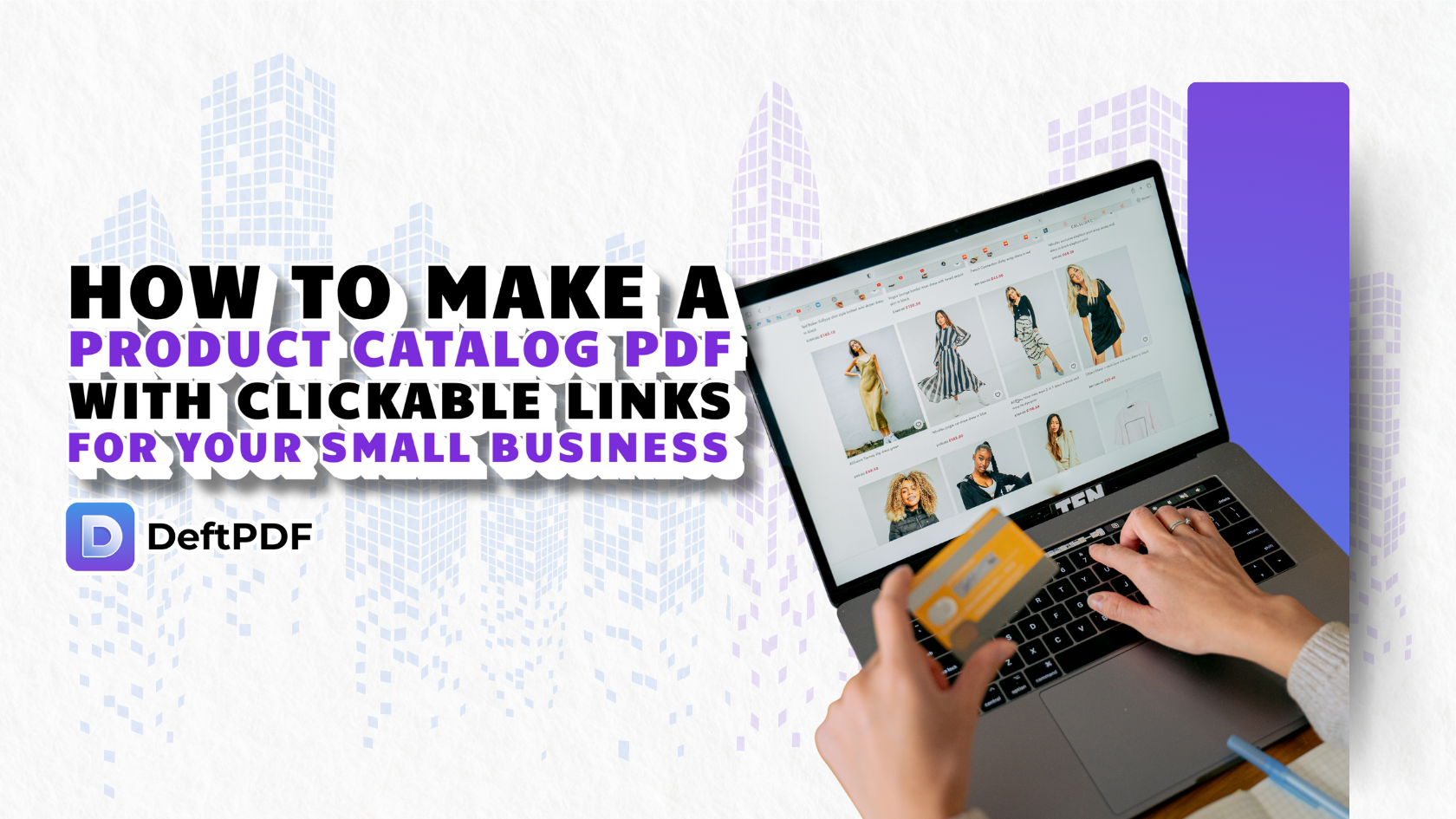
Are you new to technology or simply don’t know much about digital documentation and PDFs? Are you confused about all the terms for these digital files and find yourself hearing technical jargon you can’t seem to break code with? Don’t fret, we got you covered! Here at DeftPDF, we understand newbies so we’ve collected a list of terms that you might encounter during your PDF usage journey. We’ve compiled and summarized everything up to give you an idea of what you’re dealing with. Feel free to use this whenever needed! Don’t worry, it’s all free – just like our tools here at DeftPDF!

Accessibility – assistive technology for those impaired
Adobe Acrobat – a software application that allows users to edit, modify, convert, and to read the file format.
Adobe Reader – a stand-alone program that can be downloaded by users to read and open PDF files
Adobe Systems – the company that created PDF format in 1993 and who continues to update the format in new versions.
Annotations – marking on the document which includes highlight, underline, strikethrough, commenting, adding shapes, linking, adding drawings, sound annotation, widget annotation, pop-up annotation, movie annotation, printer’s marks, watermark, 3D, redact, etc.
Attachment – data, annotations, links, files, photos, or any objects that are embedded or included in the file, used for reference for reader’s viewing.
Bates Numbering – Adding a filing system to your documents by putting unique labels and page numberings on every page of the document. The labels are “stamped” on the document digitally. This system is widely used in the legal industry.
Bookmark – Also known as “document outline,” bookmarks are clickable links displayed on the screen to help readers navigate through the document. These allow interactive display and go directly to one page or a part of the document.
CMYK – A color model that stands for Cyan, Magenta, Yellow, and Key black. CMYK is also a process that suits printing well as colors are preserved and presented better.
Color Profiles – Colors resulting from applications, printer, or devices. Since each device and platform has a various projection of colors, Adobe along with Apple and other companies has proposed an industry standard for device-independent colors that is now known as ICC (International Color Consortium).
Digital Signature – An electronic form of your written signature, fingerprint, retinal scan, or a mathematical key. This signature is used to identify the user.
Distiller – A program made by Adobe to convert postscript into PDF files in high quality.
Encoding – Characters that are used in sets and specific order known as codes to access a specific result.
Encryption – Adding a password or security to your PDF document
FDF – Forms Data Format or FDF is used when an interactive form is submitted back to the server containing a response. It is also used to contain the comments/annotations added on the PDF file.
File Structure – The composition and construction of a PDF file which basically consists of header, body, cross-reference table (xref), and trailer.
Fonts – A graphical render or glyph design on the characters used. Letters, numbers, and punctuations can have certain designs, sizes or shapes. PDFs are able to contain fonts on the file even if the reader doesn’t install it on the computer.
Forms – Fields such as text boxes, radio buttons, checkboxes, and lists, gather information from readers. Readers can choose their answers from the list and checkboxes or can type their answers on the text boxes.
Glyph – The graphical rendering that is set on a font. It is basically the specifications of the design of the character.
Image-only PDF – When you say image-only, it means that the contents of the file cannot be read or copied as you would with a regular text. It is often known as a scanned PDF file or a photocopied document in its digital form.
ISO 3200 – International Organization for Standardization. The submission of PDF to be available to the public in 2007 stating that this file format will be electronically independent of the platform/device/application used to create or view it, therefore it is universal.
JPEG – An image file format that has been commonly used by the public.
Lossless – Images or contents do not change even if the file is compressed.
Metadata – Information embedded on the document that usually consists of Search keywords, title, author, date created, and subject. This is usually added to the document’s properties and helps in archiving and searchability.
Machine-readable – means that the document is made with the computer, therefore the content can be copied or searched by the computer.
OCR – a technology used to convert image-only files (scanned files) into machine-readable files.
PDF – Portable Document Format. A specific universal format used for documents and images that ensure lossless data and allow authors to add security, media, or objects.
PDF/A – A type of PDF that is specifically used for long-term archiving of documents.
PDF/E – PDF/Engineering is a type of PDF that is specifically used for engineering and design.
PDF/X – a set of standards for PDF that is specifically for graphics and printing.
PDF/UA – Short for PDF/Universal Accessibility that is targeted for those using assistive technology due to impairment.
PDF viewers / PDF readers – A software that can read/open a PDF file.
Portfolio – The collection of work, media, files, and details in one PDF document.
PostScript – a page description language in digital publishing. It is also a composition or a part of the PDF.
Preflight – Analyzation of a file before printing.
Plugins – third-party applications that are used on a specific program to allow additional actions that cannot be accomplished by the main program.
Rasterize – converting an image vector into pixels/dots so it can be viewed and used for video display, print, or stored.
Redaction – permanently removing text or images on a PDF and adding a censor/shape/new version of a text. It is also known as editing for publication purposes.
RBG – Colors that are Red, Blue, and Green that represents the model and the process. This color method is used in web and digital screens but not usually recommended to be used on print.
Searchable PDF – A converted PDF file that can be searched and copied. The tool used to convert is an OCR tool.
Security – limiting the access of readers to a document. It can be encrypted, adding a password or adding levels of access to a certain action.
Transparency – The opacity of an object, image or background contained in the file. When the background of a file is transparent, you can see through it.
Unicode – international encoding standard for different scripts and different computer languages.
Vector Graphics – Points, lines, curves, shapes, and polygons used and placed inside a PDF to portray an image.
Version – PDFs evolve and improve with the help of software developers. Versions are the outcome of these developments.



